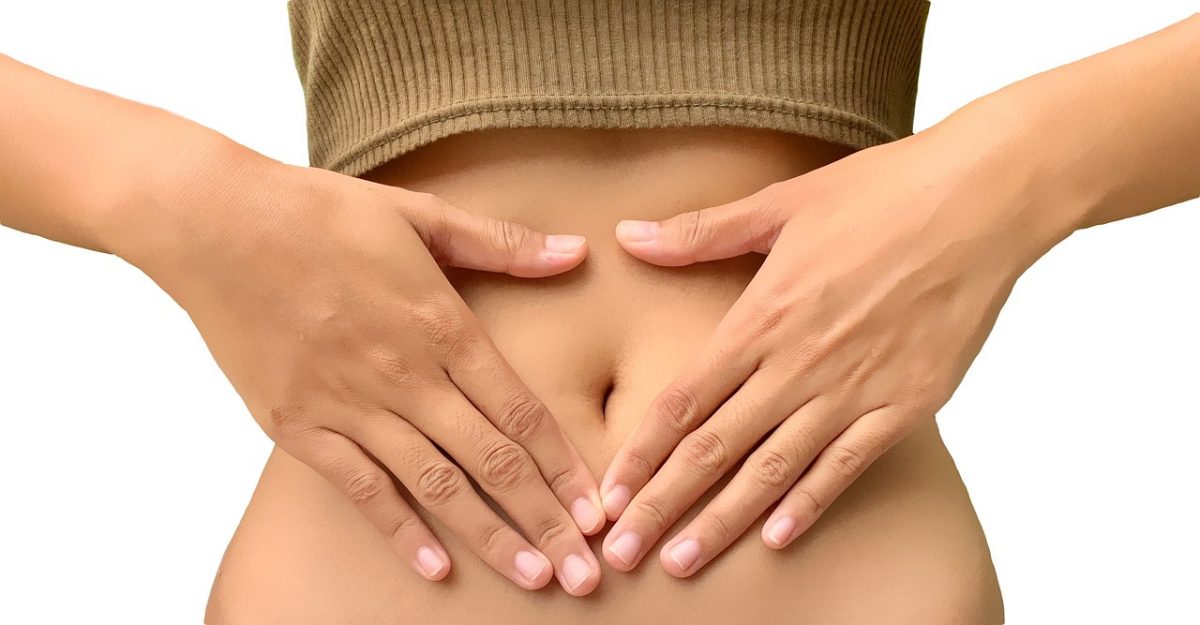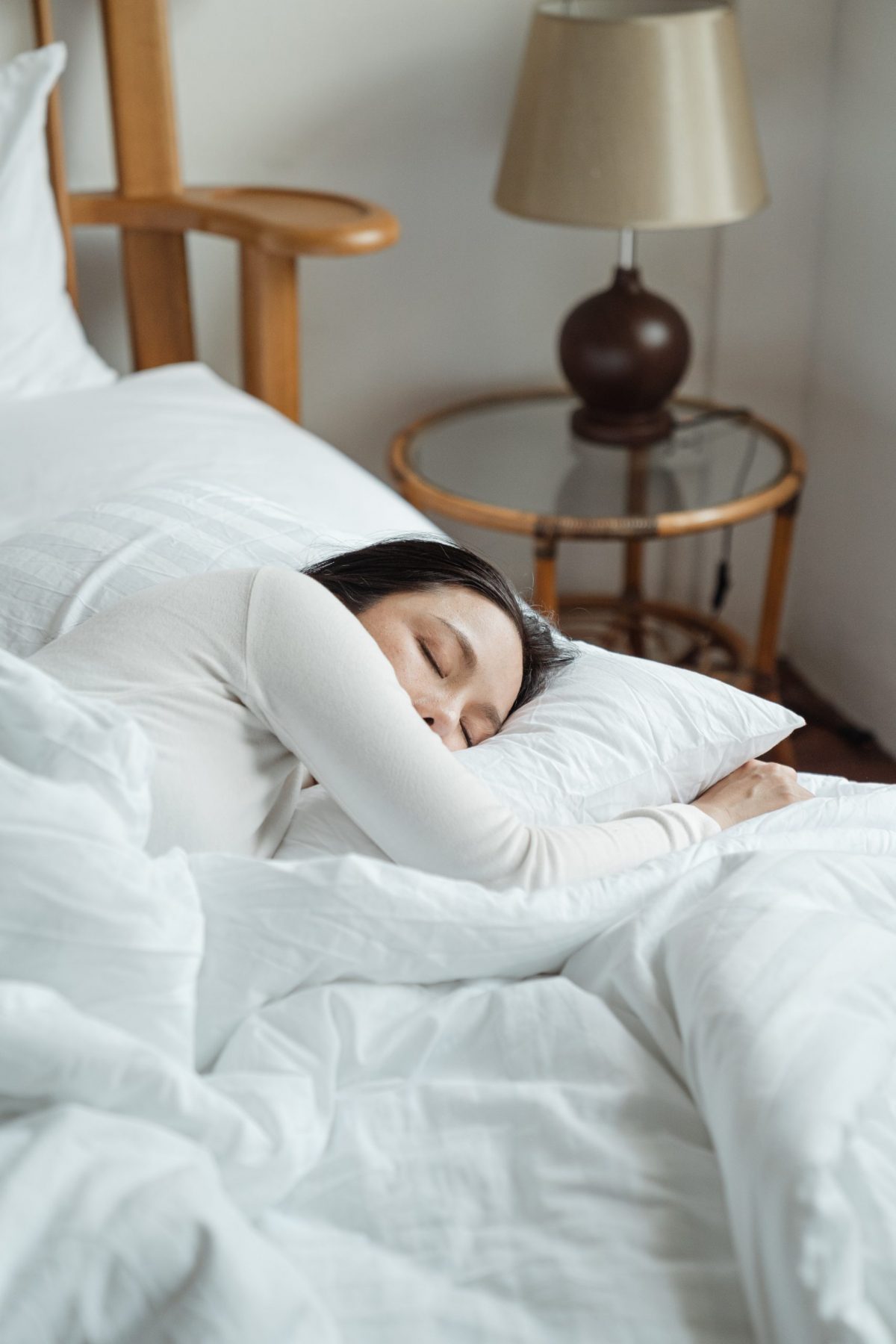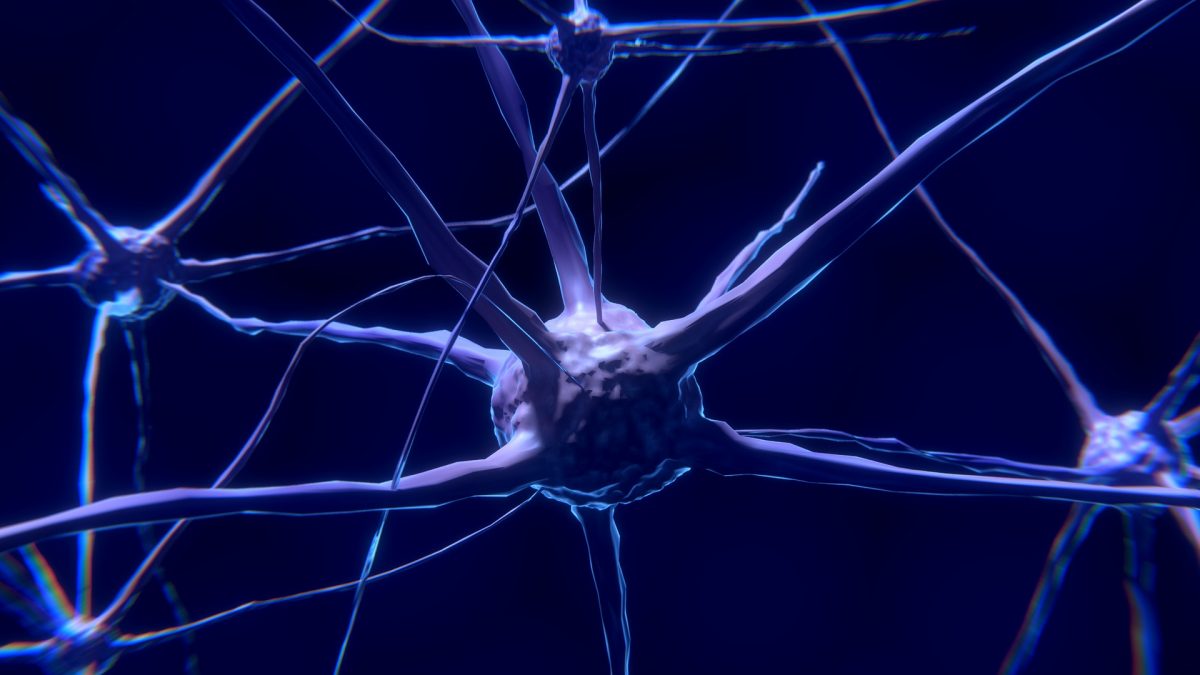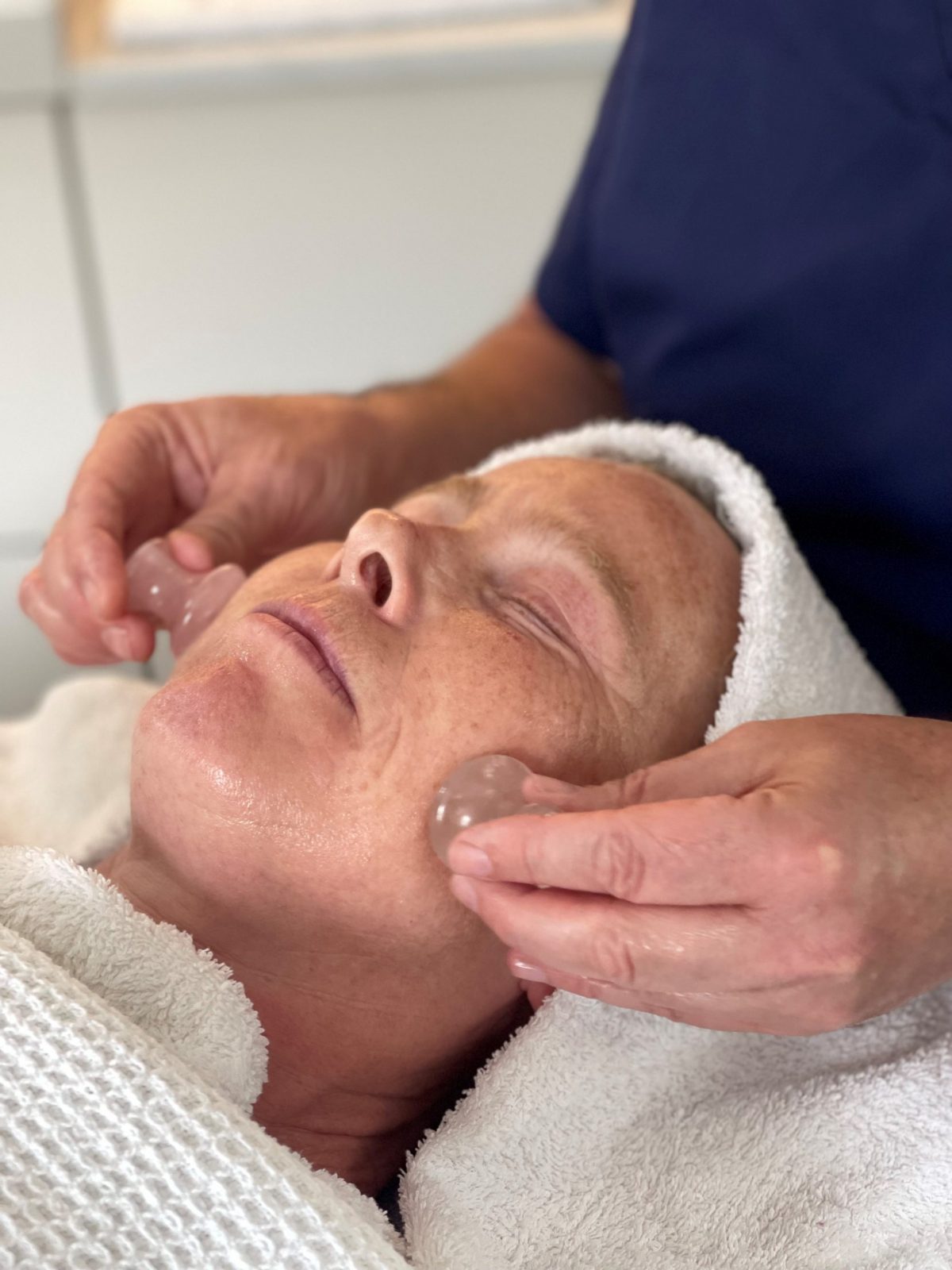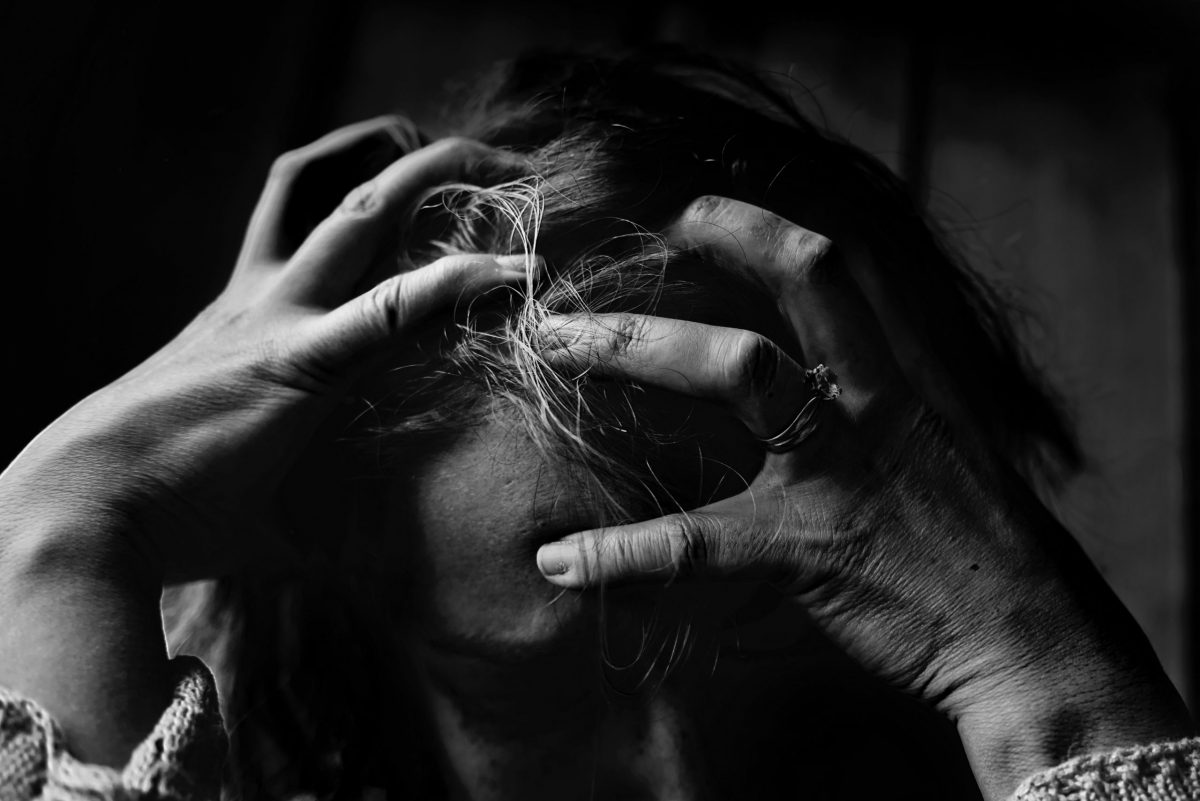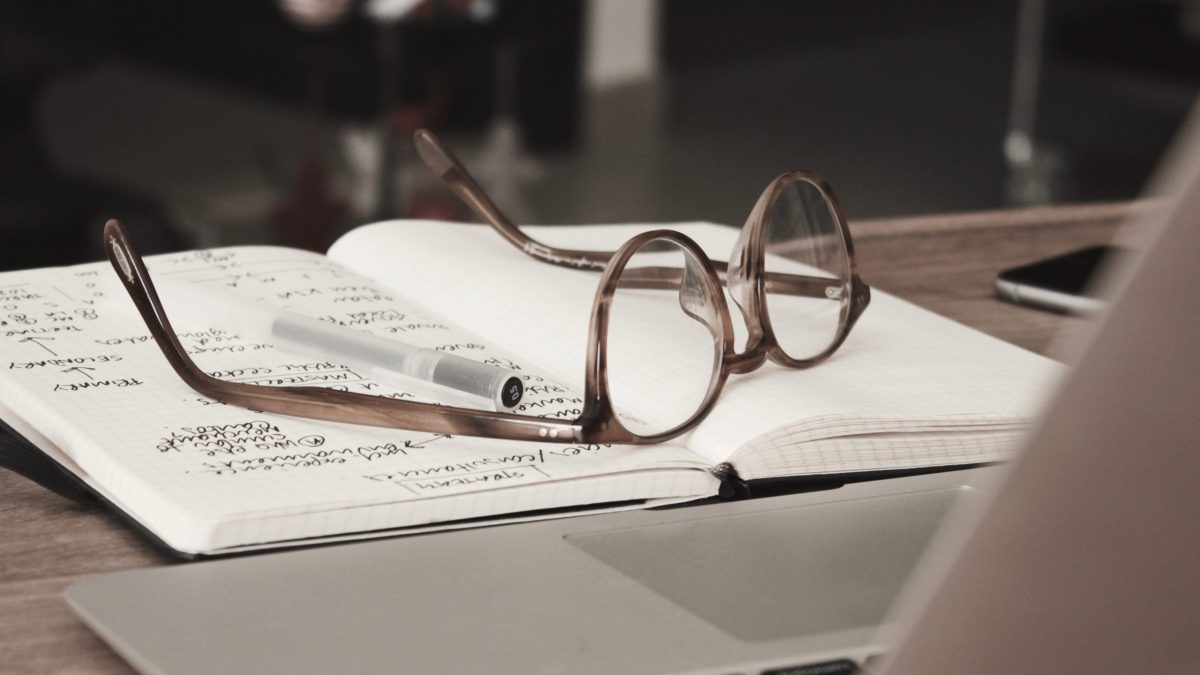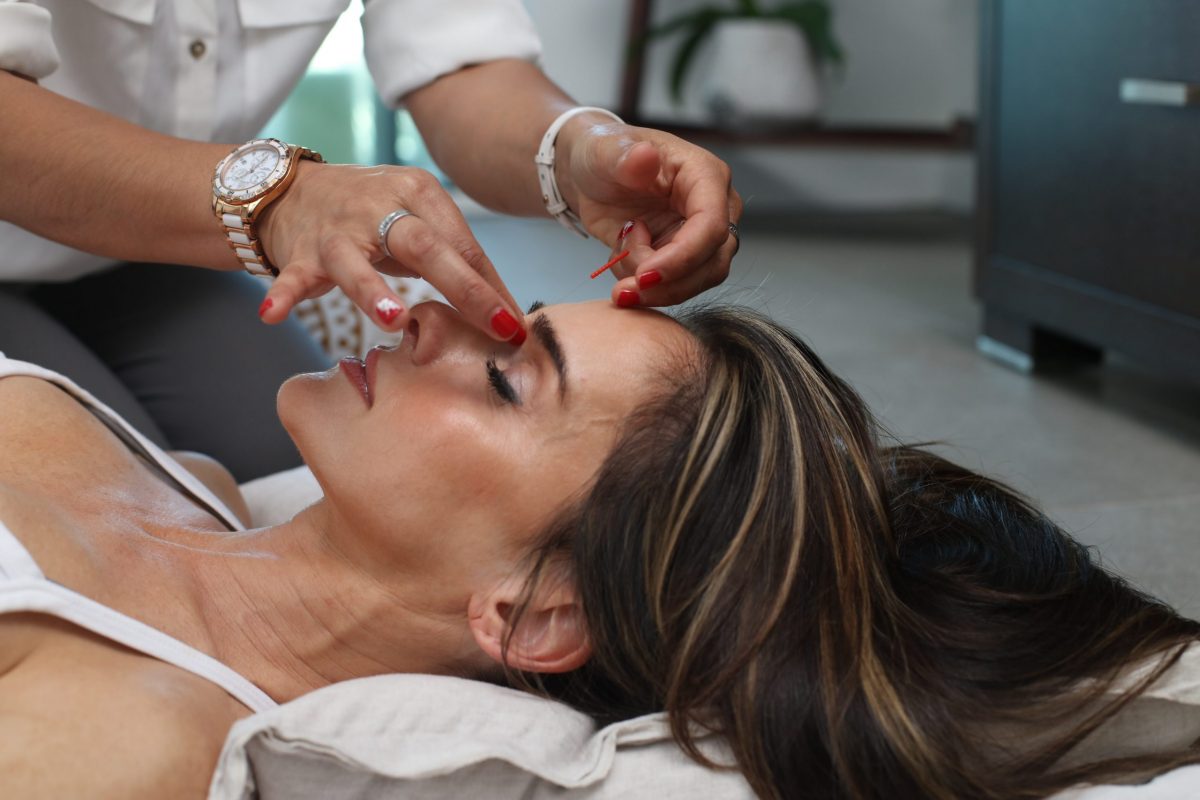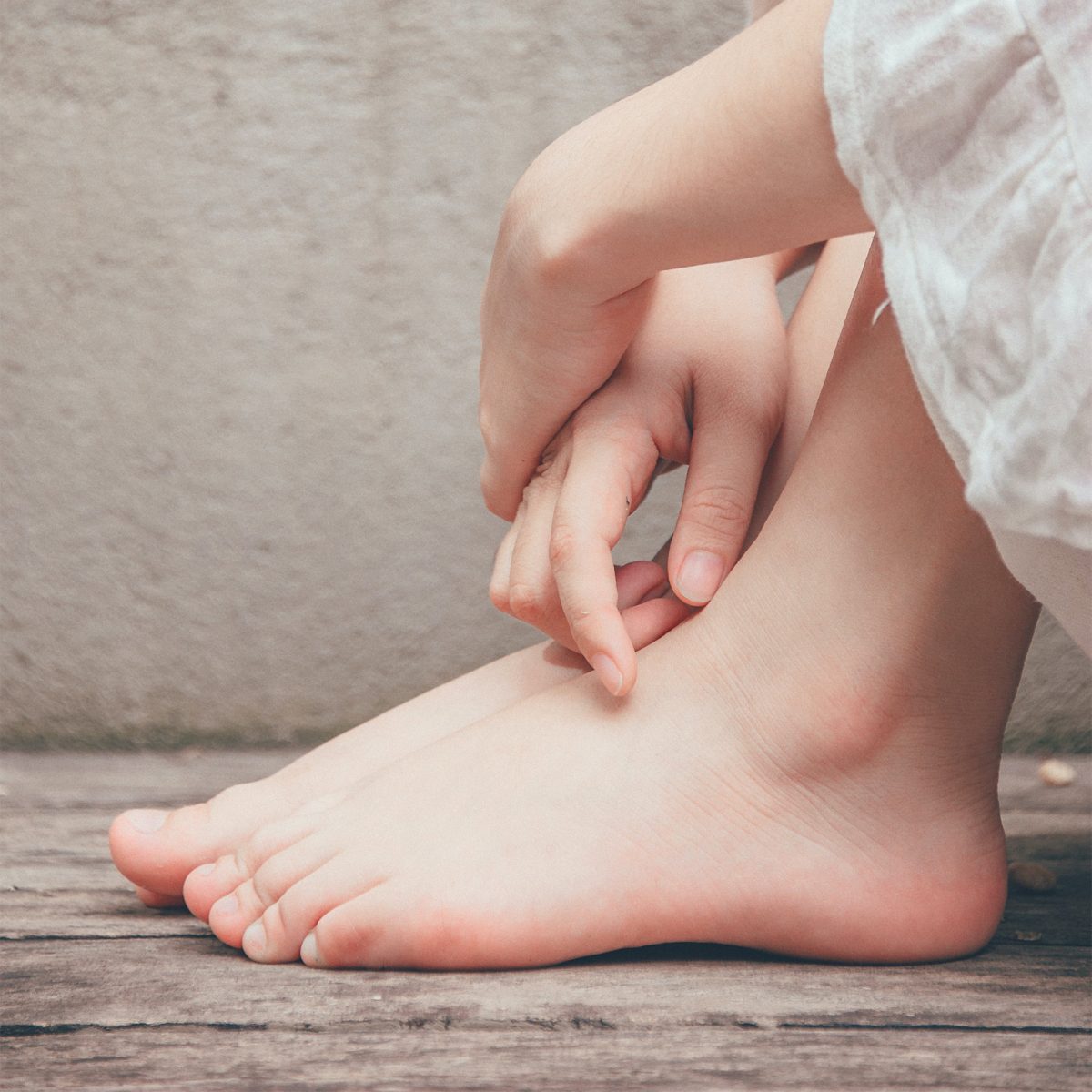Are you tired of dealing with digestive issues that leave you feeling uncomfortable and unhappy? Have you tried numerous medications with no success? If so, it may be time to explore alternative therapies, like reflexology, to improve your digestive health.
Reflexology is a holistic therapy that uses pressure points on the feet to stimulate various parts of the body. By applying pressure to specific areas, reflexology can help promote healing and balance in the body. In the case of digestive health, many people have found that reflexology can be especially helpful.
The digestive system is complex, and issues like bloating, constipation, and acid reflux can cause discomfort and impact your daily life. For many, reflexology can help alleviate these symptoms and improve overall digestive health.
So, how does reflexology help with digestive health? It works by targeting specific reflex points on the feet that correspond to different parts of the digestive system. By applying pressure to these points, the body’s natural healing mechanisms are stimulated, promoting better digestion and absorption of nutrients.
One of the main benefits of reflexology is that it is non-invasive and drug-free. This means that it can be a great alternative to traditional medications that may come with unwanted side effects. Reflexology is also a great option for people who are looking for a more natural way to manage their digestive issues.
Some specific reflexology techniques that target the digestive system include:
- The solar plexus reflex: This area is located on the arch of the foot, and massaging it can help relieve stress and promote relaxation, which can in turn improve digestion.
- The colon reflex: Located on the outer edge of the foot, massaging it can help alleviate constipation and promote bowel movements.
- The stomach reflex: This can be found on the ball of the foot, and massaging it can help reduce bloating and improve overall digestion.
Research has shown that reflexology can be effective for improving digestive health. In one study, participants who received reflexology treatments reported a significant improvement in their digestive symptoms and it may be effective for you.
In conclusion, reflexology is a great option for anyone looking to improve their digestive health naturally. By targeting specific reflex points on the feet, reflexology can promote healing and balance in the body, leading to better digestion and overall wellbeing. So, why not give it a try and see how it can benefit you?
For more information about reflexology or any of the treatments I offer, please get in touch with me at Bodyworks Reflexology.
